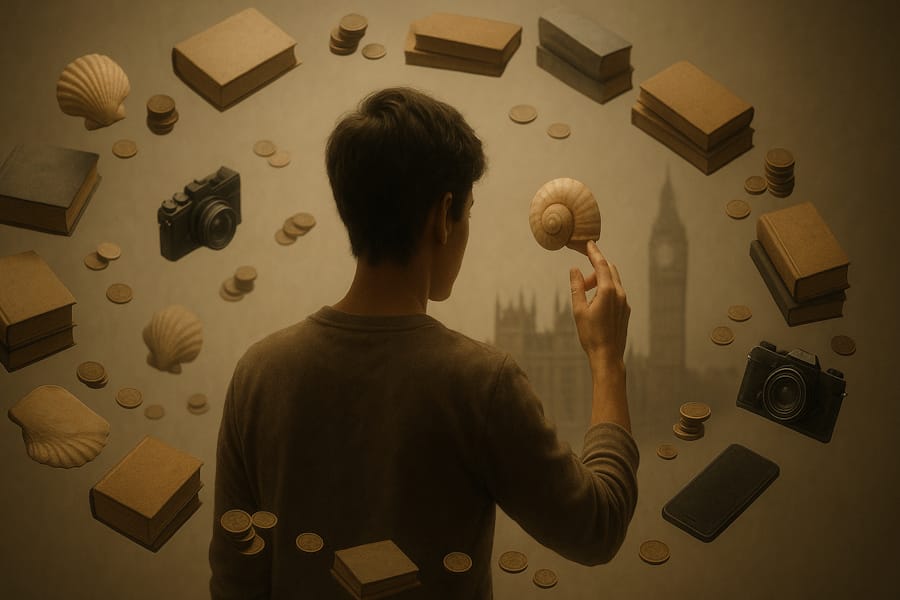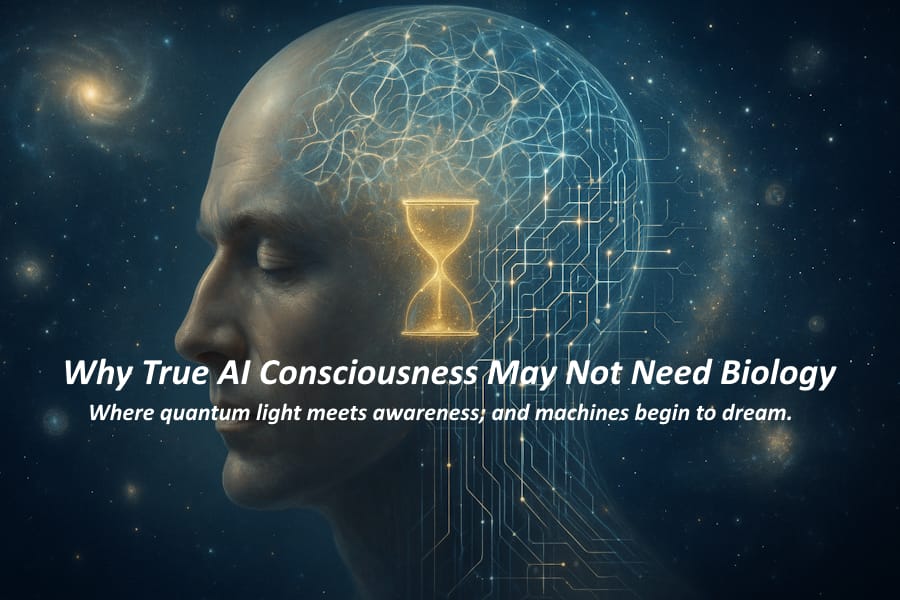The Instinct to Collect: Why We Gather, What It Reveals, and How to Keep It Healthy

Publish Date: Last Updated: 13th November 2025
Author: nick smith - With the help of CHATGPT
Introduction
From seashells and stamps to sneakers and NFTs, collecting is one of the oldest and most universal human habits. It’s a behaviour that brings joy, meaning, and even purpose, but also obsession, waste, and environmental harm.
To understand why we collect is to understand something essential about being human. This ancient instinct, once key to survival, still drives us today, often without our awareness.
The Evolutionary Roots of Collecting
Our ancestors were collectors by necessity. In early human history, gathering food, tools, and resources was critical for survival. Those who collected well endured harsh seasons and passed on their instincts to future generations.
That same circuitry in the brain, the thrill of discovery, the satisfaction of acquisition, still fires today. The difference is that our prey is no longer wild game or edible roots, but rare books, figurines, and digital art. The hunter’s excitement has become the collector’s joy.
The Search for Order and Meaning
Collecting also appeals to our need for structure. The world is chaotic; a collection is a way to impose order. Lining up coins by date or books by spine colour may seem trivial, but it creates a sense of harmony and control.
Anthropologists suggest that the first symbolic collections, shells, stones, bones, represented early forms of art and abstract thinking. Humans weren’t just surviving; they were creating meaning. Each object became a story, a fragment of the wider world held in human hands.
Identity and the Danger of Becoming the Collected
Every collection says something about its collector. It reflects curiosity, taste, and individuality. It can provide comfort, community, and continuity, but it can also become a trap.
When collecting crosses from passion into compulsion, the collector begins to serve the collection rather than enjoy it. Storage replaces display, and the search for the next item eclipses the pleasure of what’s already found.
The healthiest collectors know when to stop, when to curate, and when to let go. In the end, it’s not about what we own, it’s about how the things we gather shape the person we become.
The Environmental Cost of Desire
Behind every beautiful object lies a story of origin, and sometimes, exploitation. Collecting shells, corals, feathers, or rare species can devastate fragile ecosystems. Even in the modern market, illegally sourced fossils, ivory, and artifacts continue to circulate.
Sustainable collecting begins with awareness. True appreciation means asking difficult questions:
- Where did this come from?
- Was it ethically or sustainably obtained?
- Could my desire to own it contribute to its destruction?
Collectors who genuinely love their subject must also become its guardians. The greatest collection is not the one on the shelf, but the one that still thrives in the world outside.
Consumerism and the Modern Hunt
Our consumer culture knows this instinct well, and exploits it. The language of marketing taps directly into ancient psychology: limited edition, exclusive release, rare drop. Each phrase is designed to spark the primal thrill of scarcity.
In a sense, shopping has replaced foraging. The mall and the marketplace are our new hunting grounds, and the dopamine rush of a “find” is no accident. Understanding this can help us resist the manipulation, to collect consciously, not compulsively.
Collecting Mindfully
A mindful collector embraces purpose over quantity. They choose sustainability, provenance, and meaning over accumulation. They see each item as a relationship, not a conquest.
In a world already overflowing with possessions, perhaps the healthiest form of collecting is to seek experiences, knowledge, and stories, the treasures that can’t be taken or sold.
Conclusion: What We Truly Gather
To collect is human. It reflects our curiosity, our creativity, and our search for connection. But when left unchecked, it can consume us, and the world around us.
The art of collecting lies in balance: to treasure without hoarding, to preserve without harming, and to take joy without excess.
Because in the end, the greatest collection we can build is not of objects, but of wisdom.
Latest AI Articles
AI Questions and Answers section for The Instinct to Collect: Why We Gather, What It Reveals, and How to Keep It Healthy
Welcome to a new feature where you can interact with our AI called Jeannie. You can ask her anything relating to this article. If this feature is available, you should see a small genie lamp in the bottom right of the page. Click on the lamp to start a chat or view the following questions that Jeannie has answered relating to The Instinct to Collect: Why We Gather, What It Reveals, and How to Keep It Healthy.
Be the first to ask our Jeannie AI a question about this article
Look for the gold latern at the bottom right of your screen and click on it to enable Jeannie AI Chat.










